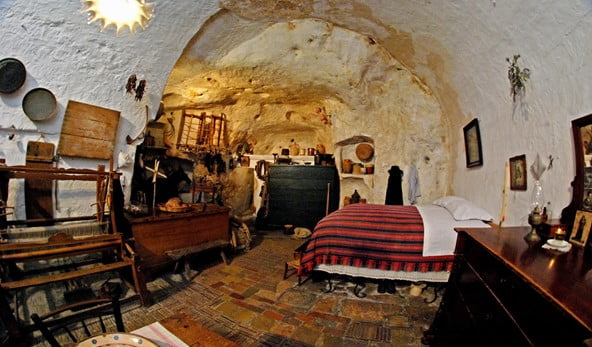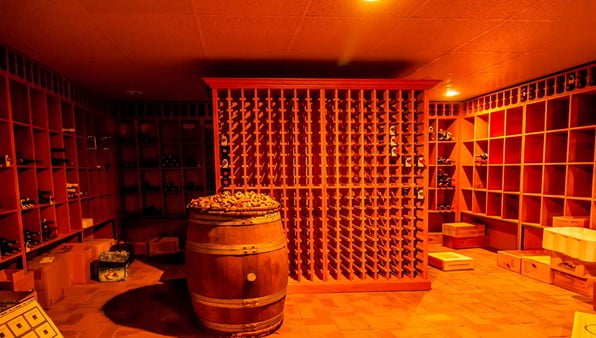Every person is obsessed with the idea of two things at some point in their life- treehouse and secret den. If you grew up reading stories of courageous kids going on exciting adventures, chances are, you love the concept of a secret underground bunker.
Underground bunkers, or underground rooms, serve multiple purposes. Apart from letting you live your childhood dreams, these rooms prove to be beneficial in emergencies. In regions where tornadoes are frequent, underground rooms serve as a safe space.
You can use the space as an extra storage room. However, all of this is possible only when the room is built thoughtfully. Whether you follow all the guidelines and build the room accordingly will determine how safe it is to inhabit.
Things to Consider While Building an Underground Room

If you are wondering how to build an underground room that is safe and cosy, here are a few pointers-
- A Calculated Spot: Before building the underground room, you must sketch out a map. Demarcate the exact place where you wish to build the room. Check with the local authorities to ensure that the demarcated place is away from the gas, electricity, or sewage lines. Building a room dangerously close to the utility lines is never a good idea. It is best to steer clear of them. Also, remember to get all the necessary permissions for digging the area constructing a room.
- Consider Debris and Waterlogging: To build an underground bunker, you need a spot free of any debris on the surface. Spread-out tree roots and too many rocks on the surface complicate the process of digging. It would be best if you also avoided areas where waterlogs easily. Muddy parts of the yard are a big no-no as they can cause flooding in the future. If you live in a flood-prone area, building an underground room is extremely risky.
- Dimensions of The Room: Underground rooms come with a risk of the walls collapsing. One simple way to minimize this risk is to keep the ratio of depth equal to the room’s width. If depth is significantly more than the width of the walls, the chance of them collapsing increases remarkably. Therefore, to avoid the fall, make sure to dig only as deep as you dig across. It is best to keep the dimensions of the room small. A 5X5 foot pit serves best. Going beyond 6 feet is a risk you should not take.
- Always Keep a Check on Measurements: As you begin the actual process of digging the pit, make sure that you constantly check on the measurements, especially if you are working on the project alone. Keep track of just how much you have dug and how much further you need to go. Try to dig as evenly as you can. Digging a little too much can mess the proportions and pose a risk to the stability of the structure. This process takes quite a while to finish. Therefore, make sure that you cover the pit every time you wrap up for the day. Enclose the pit with a tarp and put up a sign nearby to warn people of the hole. This will not only prevent accidents but also save the dimensions of your pit from getting compromised.
- Sloping The Walls: Shape the walls to be slightly wider than the floor of the underground room. This adds an extra layer of protection against the risk of the walls collapsing. To achieve this shape, start by simply skimming off some earth around the rims of the pit. Gradually work your way downwards. Go for a top that is around 6” wider than the base. Using a small shovel, scrape the walls to give them a proper angle. Such a structure should be safe enough to develop further.
- No Place for Candles: An underground space is not the best place for igniting a fire. It would be best if you avoided candles, incense sticks, and everything that revolves around fire. Go for flashlights, glowsticks, etc. That way, you can do away with the risk of concentrating the small space with carbon monoxide. Suffocation because of such concentration will be ruled out if you follow the “no candles” rule.
- Design An Easy Way in and Out: Exit and entrance to an underground room are equally important. The room does not have windows. Getting trapped inside would be no less than a nightmare. Therefore, make sure that you can get out of the room as easily as you can get in.
Underground rooms are doubtlessly exciting to maintain. If you follow all the guidelines, you have no reason to worry about its safety. Design the room thoughtfully, execute the plan mindfully, and you are good to go.







Comments